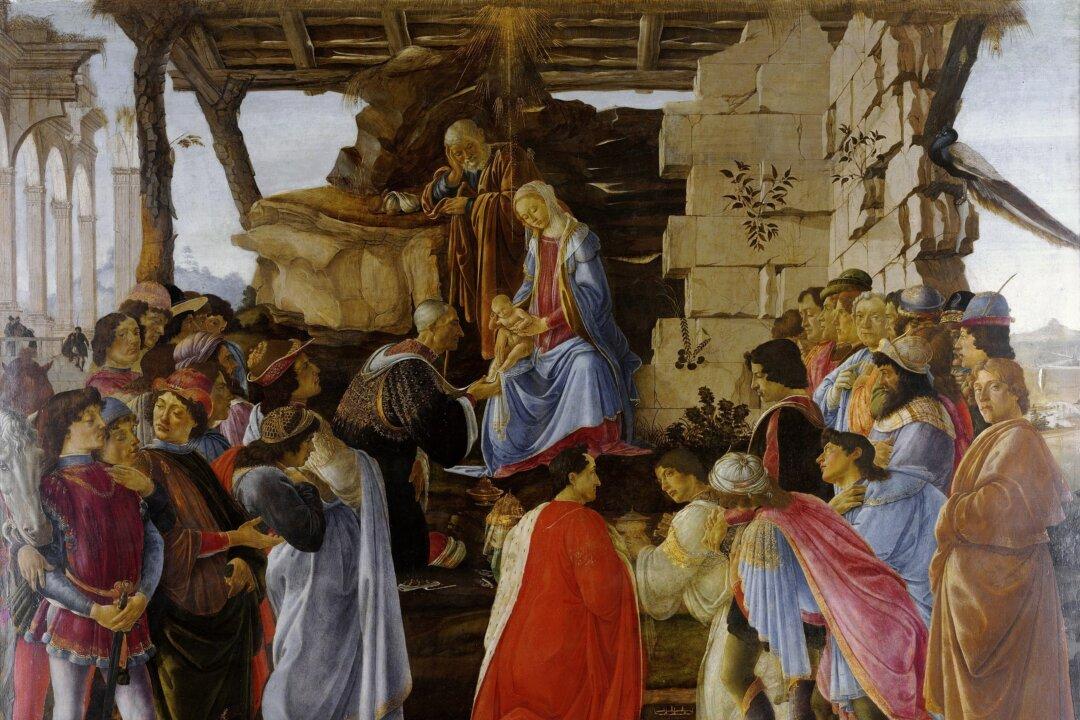Art is moving you. Let’s think about it. When you read, your mind is transported, maybe to Mount Doom, or the mansion of a sneaky vampire on a stormy night, aboard a submarine deep in the sea, or even into the mind of another man. Through a painting, you may step into a blooming garden, a fiery battle, or even enter into the sorrow of St. Mary. Music literally moves our bodies, not to mention our souls. A movie may engage you so much that you lose track of where you’re sitting!

An illustrated map of the Pony Express route in 1860 by William Henry Jackson. The enterprise was short-lived due to financial reasons, but it fired up the imagination of many an American. Public domain





